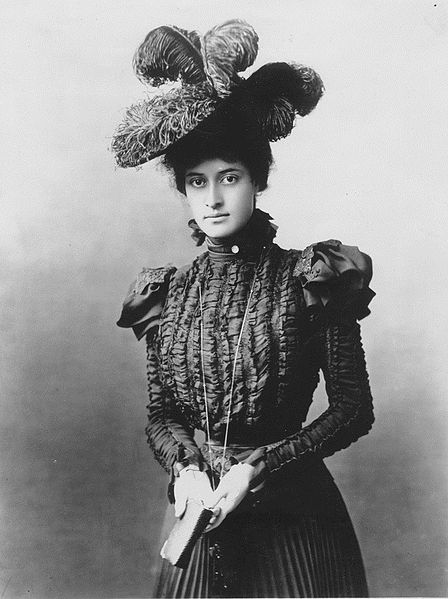
Figure 1 – I. W. Taber portrait of Princess Kaiulani, taken in San Francisco c 1897. In the Hawaii State Archives and in the public domain in the United States because of its age.
Our discussion yesterday about Loïe Fuller and the wonderful performance portrait of her by I. W. Taber begs the obvious question of exactly who Taber was? Isaiah West Taber (1830 – 1912) was an American photographer of the nineteenth century, who practiced in daguerreotypes. ambrotypes, and albumen prints. He was also a dentist and sketch artist and is today most known for his stereoscopic views of the American West. Taber was born in New Bedford, Massachusetts. From 1845-1849 he was a whaler. He briefly settled as a photographer in California in 1850, but opened his first studio in Syracuse, NY in 1854. In 1864 he returned to San Francisco, working first in the studio of Bradley and Rulofson. He opened his own studio in 1871.
Significantly, in 1880 Taber spent six weeks in Hawaii where he photographed Hawaiian King Kalākaua, on commission. In the following year the King visited Taber’s studio in San Francisco. Taber is also famous for street scenes of San Francisco and portraits of the California Dignitaries of the day. Unfortunately, the great San Francisco earthquake of 1906 and the subsequent fire destroyed his gallery including his collection of negatives and this ended his photographic career.
The quality of Taber’s work is arguably best revealed in two stunning portraits of Hawaiian Princess Kaiulani that were taken during a 1997 visit to San Francisco and the United States in hopes of restoring the Hawaiian Monarchy after its overthrow in 1892. One of these portraits is shown in Figure 1. The dress and hat are truly gorgeous. The book is meant, as it so often does in Western portrait art, to convey erudition. But I think the most captivating aspect of the portrait is the expression at once regal and demur. Kaiulani was only 22 at the time of the portrait. Tragically, she died two years later on March 6, 1899 at the age of 23 of inflammatory rheumatism. Poignantly, her father also said that he thought that since Hawaii was gone, it was fitting for Kaʻiulani to go as well.
